2024 Orbea Occam SL and Occam LT
Wheel Size: 29’’
Travel:
- Occam SL: 140 mm rear / 140 mm front
- Occam LT: 150 mm rear / 160 mm front
- Sizes offered: S, M, L, XL
- Headtube angle: 65.5°
- Seat tube angle: 78°
- Reach: 490 mm (size Large)
- Chainstay length: 440 mm
- Sizes offered: S, M, L, XL
- Headtube angle: 64° / 64.5°
- Seat tube angle: 77° / 77.5°
- Reach: 480 / 485 mm (size Large)
- Chainstay length: 440 mm
Frame Material: aluminum and carbon fiber versions available
Price: Complete bikes from $3,199 to $10,599
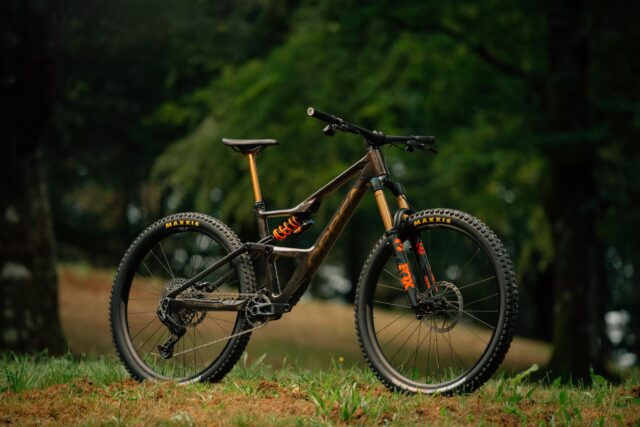
Intro
The outgoing fourth-generation Orbea Occam was an especially lively and efficient Trail bike that was offered in two subtly different variants (either 140 or 150 mm of travel at both ends), but that shared a frame and mostly differed in terms of their build specs. The new Occam SL and Occam LT widen the gap (at least on paper) between the two offerings, and get a big overhaul in the process.
The prior iteration of the Occam was an especially efficient, XC-derived take on a mid-travel Trail bike, and Orbea appears to be continuing that lineage with the Occam SL while pushing the Occam LT closer to mini-Enduro bike territory, something that they emphatically said that the older (fourth-generation) version was “NOT.”
Flash Review
Blister Members can read our Flash Review of the Orbea Occam LT for our initial on-trail impressions. Become a Blister Member now to check out this and all of our Flash Reviews, plus get exclusive deals and discounts on gear, and personalized gear recommendations from us.
The Frames
The layout of the new Occam is visually pretty much identical to the outgoing one, but Orbea has given it a bigger overhaul than its appearance might suggest — starting with the fact that the two new Occam variants have been further differentiated than the prior-generation Occam and Occam LT. The new Occam SL and Occam LT share the same front and rear triangles (in both aluminum and carbon fiber versions) but now use different shock extenders to produce more substantial differences in geometry. The Occam SL uses a carbon fiber yoke and a 50mm-stroke shock to produce 140 mm of rear wheel travel (paired with a 140mm-travel fork). The Occam LT gets an aluminum yoke with a geometry-adjusting flip chip that, in conjunction with a longer 55mm-stroke shock, produces 150 mm of rear wheel travel, and geometry to suit a 160mm-travel fork.
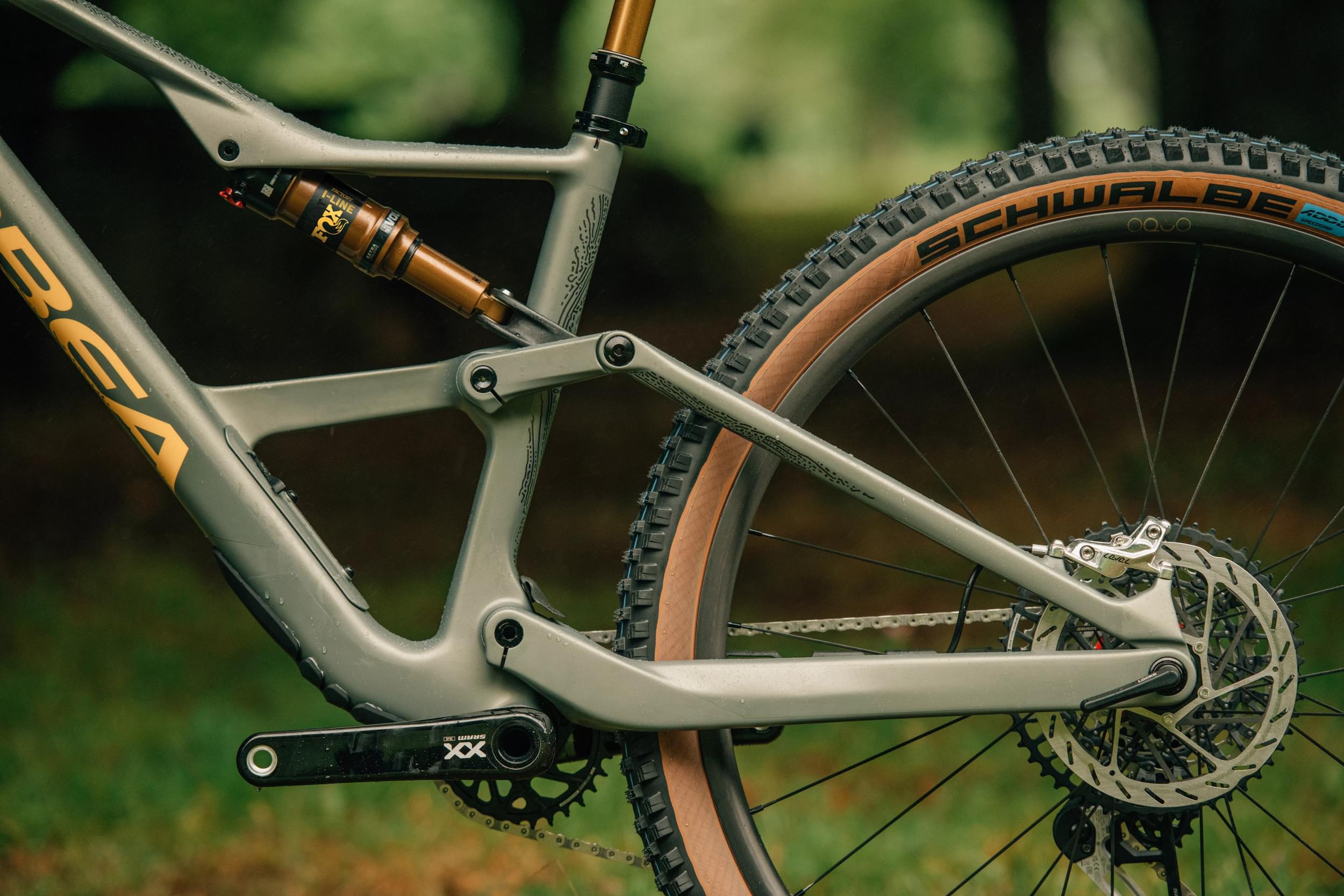
Orbea has added their “Lockr” downtube storage compartment from the Rallon Enduro bike to the Occam siblings, but widened the opening for easier access and come up with a refined latch mechanism that they say is more durable and smoother to operate than the one used on the Rallon. We didn’t have any major issues with that earlier iteration when we reviewed the Rallon a while back, but did find the latch to be notably sticky and not the nicest to use, so that update sounds like a welcome one.
Orbea has also added secondary seals for all the pivot bearings to keep them better shielded and extend service intervals. The especially slick magnetically-stored mini-tool (with 3/4/5 mm Allen wrenches and a T25 Torx driver) carries over from the prior-generation Occam as well. A 6 mm Allen wrench built into the rear-axle handle rounds out the tool integration.
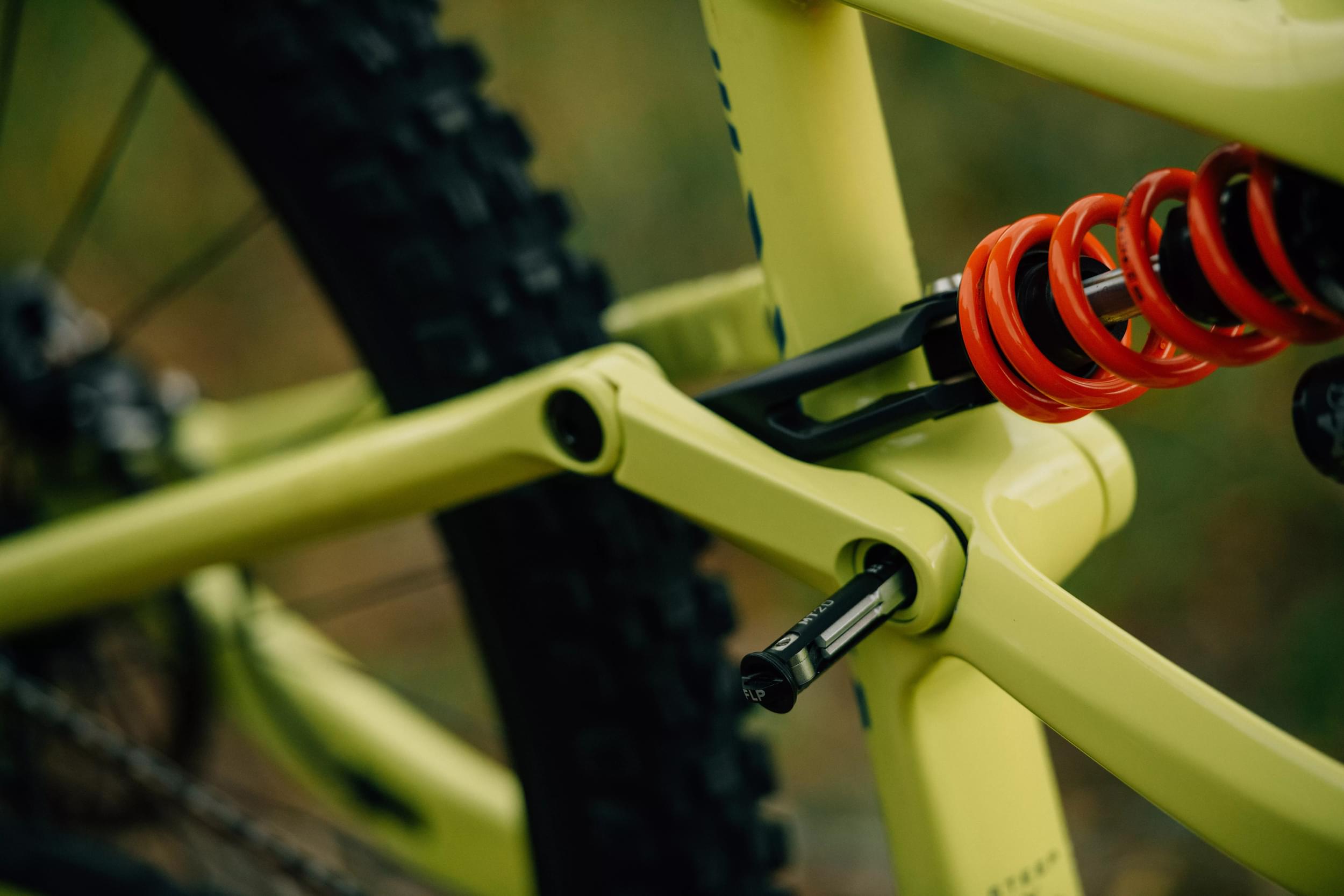
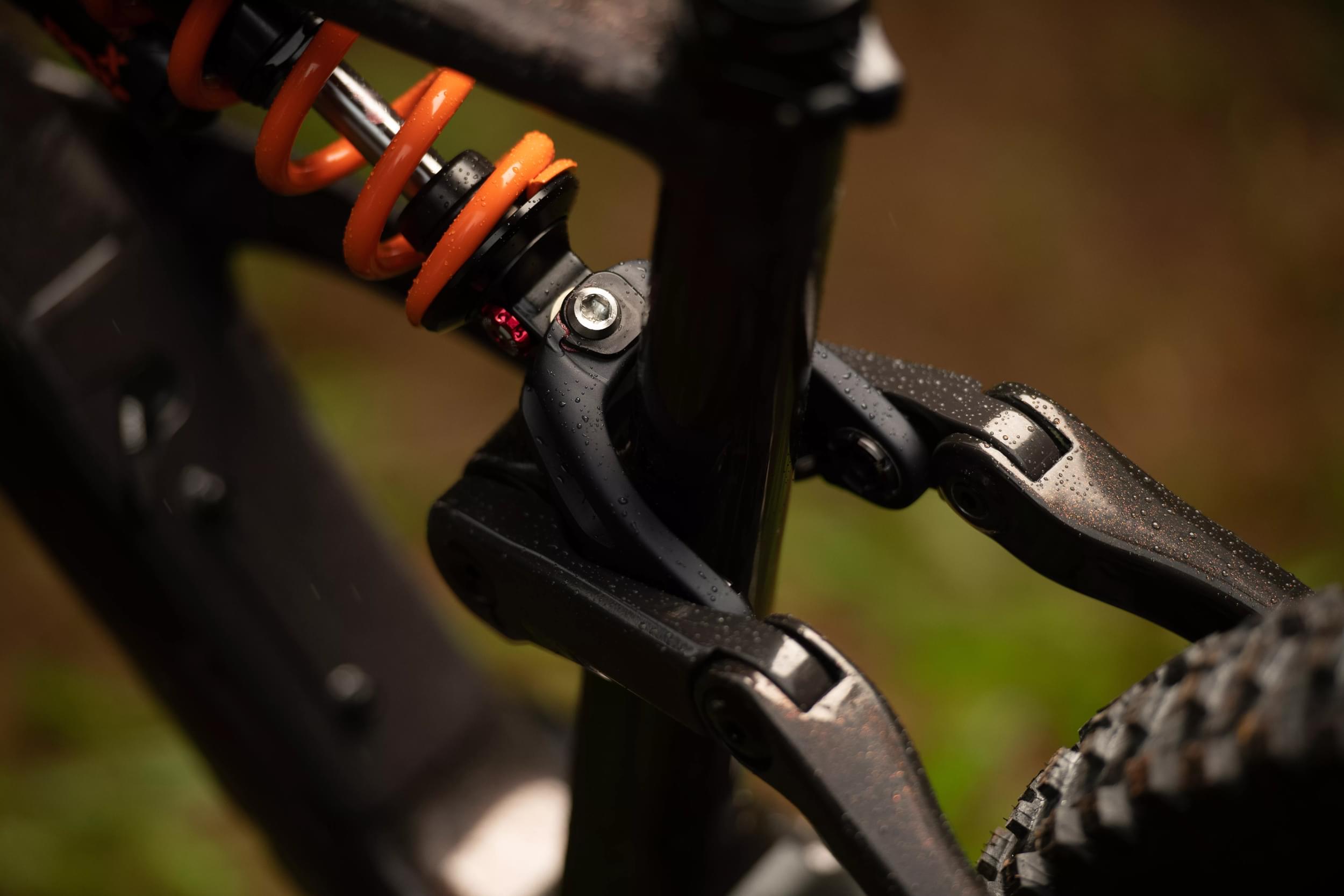
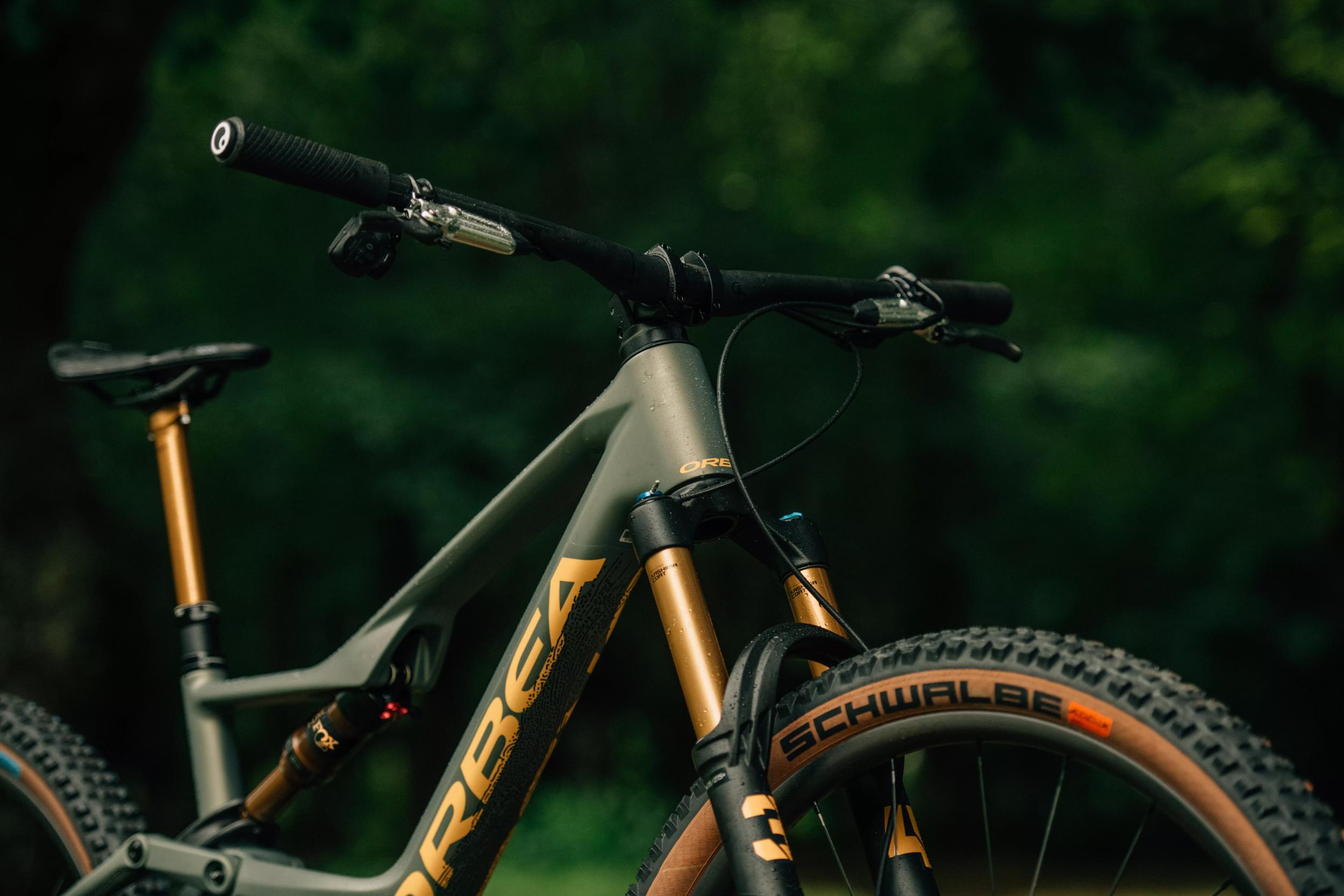
Fit & Geometry
Orbea offers the Occam SL and Occam LT in four sizes, Small through XL. Both use most of the same frame components, but the geometry varies by more than it did on the outgoing Occam and Occam LT, due to the differences in shock yoke and fork length. Both new Occams feature 440 mm chainstays across the size range, but the Occam SL gets a fixed 65.5° headtube angle, while the Occam LT comes in at 64.5° or 64°, depending on the flip chip setting. The geometry tweaks also mean that the Occam SL gets a slightly steeper seat tube angle (78°, vs. 77.5° / 77° on the Occam LT) and its reach grows slightly as well, with the Large Occam SL coming in at 490 mm, and the Occam LT at 485 / 480 mm, again depending on the flip chip setting. The reach changes by 25 mm per size, topping out at 515 mm on the XL Occam SL, with the Occam LT starting at 430 mm for the Small frame in the low setting.
The Builds
Orbea offers a wide range of builds on the Occam SL and Occam LT, plus additional options for customizing things like the dropper post length, brake selection, wheel upgrades, and more through their “MYO” program on their website. On both the Occam SL and Occam LT, the “H” builds indicate an aluminum frame, while “M” ones get the carbon option.
The Occam SL builds all get Orbea’s own “Squidlock” remote lockout lever for the fork and shock, which toggles both in unison. Orbea has developed custom “I-Line” versions of the new Float rear shock with Fox, which tuck the remote lockout cable above the shock where it’s hidden from view by the frame. The remote puts the rear shock into “Climb” mode and the Fox 34 Fit4 fork into “Trail” mode (i.e., the middle of the three settings on non-remote forks) when firming things up, and both into “Open” when releasing them.
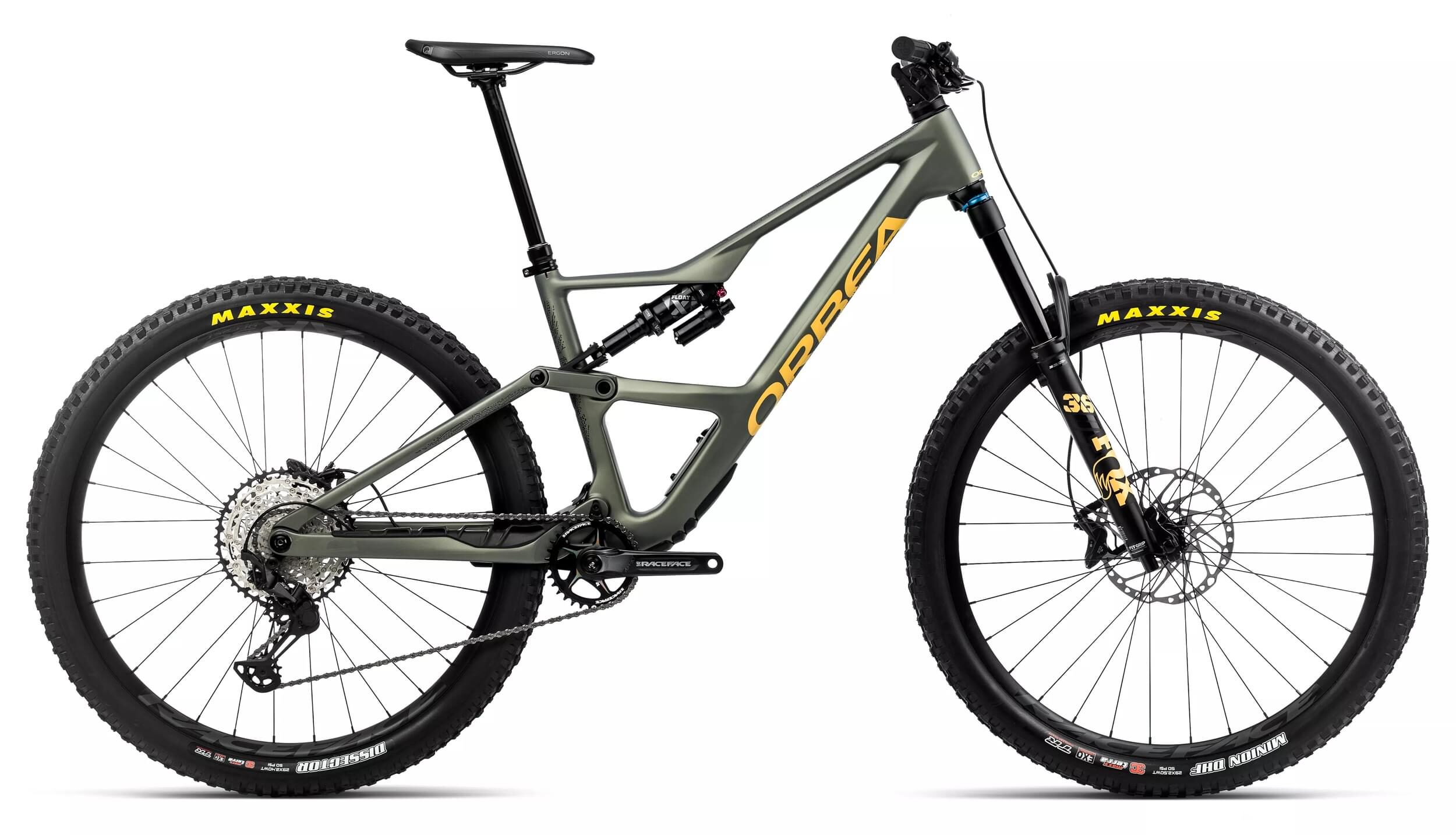
Here are the highlights for all the Occam SL builds:
- Drivetrain: Shimano Deore 12-speed
- Brakes: Shimano MT201
- Fork: Marzocchi Bomber Z2
- Shock: Fox Float Performance
- Wheels: n/a
- Dropper Post: OC Mountain Control MC21
- Drivetrain: SRAM NX w/ GX rear derailleur
- Brakes: Shimano Deore 2-piston
- Fork: Fox 34 Performance
- Shock: Fox Float Performance
- Wheels: Race Face AR 30
- Dropper Post: OC Mountain Control MC21
- Drivetrain: Shimano XT w/ SLX cassette and Deore chain
- Brakes: Shimano XT 2-piston
- Fork: Fox 34 Performance
- Shock: Fox Float Performance
- Wheels: Race Face AR 30
- Dropper Post: OC Mountain Control MC21
- Drivetrain: Shimano SLX w/ XT rear derailleur and Deore chain; Race Face Aeffect crank
- Brakes: Shimano Deore 2-piston
- Fork: Fox 34 Performance
- Shock: Fox Float Performance
- Wheels: Race Face AR 30
- Dropper Post: OC Mountain Control MC21
- Drivetrain: Shimano XT w/ SLX cassette and Deore chain
- Brakes: Shimano XT 4-piston
- Fork: Fox 34 Factory Fit4
- Shock: Fox Float Factory
- Wheels: Oquo Mountain Control MP30 w/ DT Swiss 350 hubs
- Dropper Post: OC Mountain Control MC21
- Drivetrain: SRAM XX Transmission
- Brakes: SRAM Level Ultimate 4-Piston
- Fork: Fox 34 Factory Fit4
- Shock: Fox Float Factory
- Wheels: Oquo Mountain Performance MP30LTD Carbon w/ DT Swiss 240 hubs
- Dropper Post: Fox Transfer SL Factory
The Occam LT builds forgo the remote lockout featured of the SL variants and get beefed-up suspension, heavier-duty wheels and tires (depending on the exact build), and so on. As with the Occam SL, there are a variety of options for tweaking spec options through the MYO program — including DH-casing tires if you’re so inclined — as well as tweaking bar height, seatpost drop, brake upgrades, and more on many of the builds. Custom paint is also available on the M10 and higher builds.

Here are the highlights for all the Occam LT builds:
- Drivetrain: Shimano Deore 12-speed
- Brakes: Shimano MT420
- Fork: Fox 36 Performance
- Shock: Fox Float Performance
- Wheels: n/a
- Dropper Post: OC Mountain Control MC21
- Drivetrain: Shimano SLX w/ XT rear derailleur and Deore chain; Race Face Aeffect crank
- Brakes: Shimano Deore 4-piston
- Fork: Fox 36 Performance
- Shock: Fox Float X Performance
- Wheels: Race Face AR 30
- Dropper Post: OC Mountain Control MC21
- Drivetrain: Shimano SLX w/ XT rear derailleur and Deore chain; Race Face Aeffect crank
- Brakes: Shimano Deore 4-piston
- Fork: Fox 36 Performance
- Shock: Fox Float X Performance
- Wheels: Race Face AR 30
- Dropper Post: OC Mountain Control MC21
- Drivetrain: Shimano XT w/ SLX cassette and Deore chain; Race Face Turbine crank
- Brakes: Shimano XT 4-piston
- Fork: Fox 36 Factory
- Shock: Fox Float X Factory
- Wheels: Oquo Mountain Control MC32 w/ DT Swiss 350 hubs
- Dropper Post: OC Mountain Control MC21
- Drivetrain: SRAM X0 T-Type w/ GX chain and cassette
- Brakes: SRAM Code Silver
- Fork: Fox 36 Factory
- Shock: Fox DHX Factory
- Wheels: Oquo Mountain Control MC32 w/ DT Swiss 350 hubs
- Dropper Post: Fox Transfer Factory
Some Questions / Things We’re Curious About
(1) The outgoing Occam LT that we reviewed was an exceptionally efficient and sharp-handling longer-travel Trail bike — an interesting combination of traits that really stood out from the rest of the market. Is that still true of the new Occam LT, or is it now something else entirely?
(2) The updates to the Occam line appear to have widened the gap between the Occam SL and Occam LT (as compared to the prior-generation Occam and Occam LT). Is that borne out on the trail? And are there any notable compromises that arise from making two substantially different platforms out of the same base frame?
Bottom Line (For Now)
Orbea’s new Occam SL and Occam LT look like nice updates to their family of Trail bikes and appear to better differentiate the two as compared to the outgoing Occam and Occam LT. The prior-generation bikes stood out for being especially efficient, energetic-feeling bikes for their respective categories, and we’re eager to get more time on the new versions to find out how much of that character they’ve held onto.
Flash Review
Blister Members can read our Flash Review of the Orbea Occam LT for our initial on-trail impressions. Become a Blister Member now to check out this and all of our Flash Reviews, plus get exclusive deals and discounts on gear, and personalized gear recommendations from us.

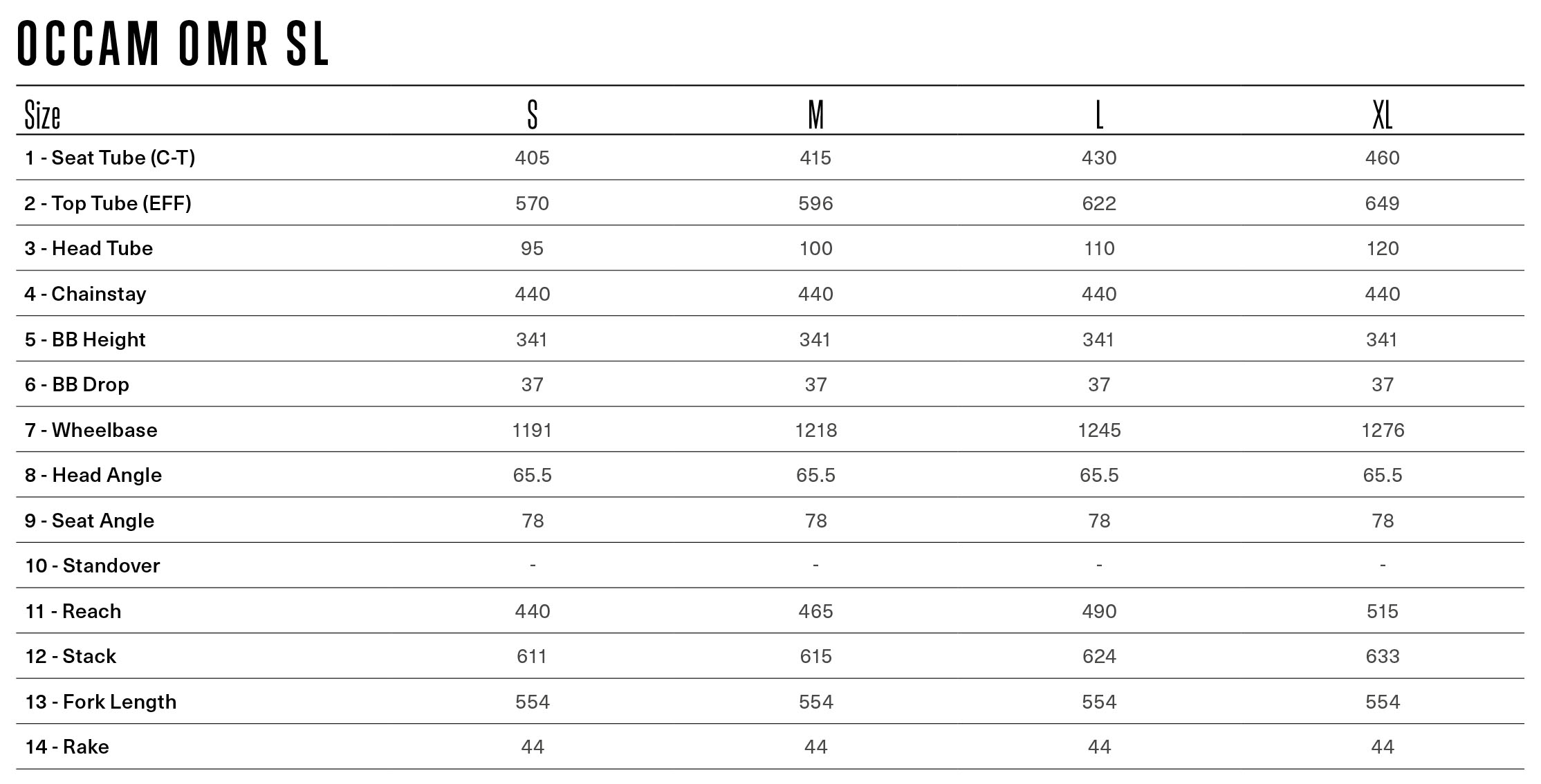
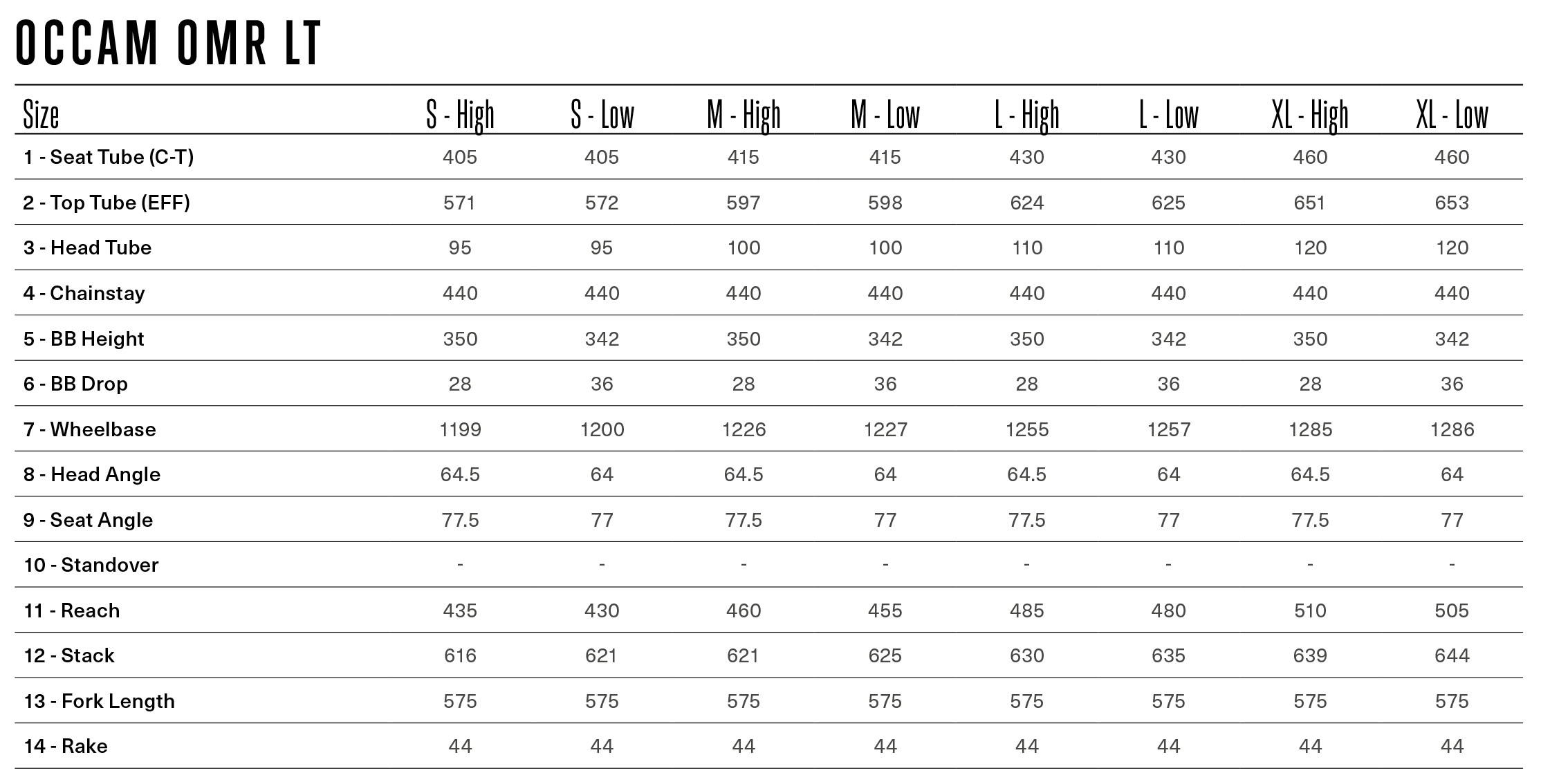
Nice bike. They need an SL M5 in between the M10 and LTD.
Conundrum: I don’t think Fox makes a 3-position remote 34. If it’s remote, it has a 2-position cartridge, so the SquidLok is (R/F) open/open, trail/open, and climb/climb. Perhaps you can clarify.
Also, I get Orbea using one frame for two bikes, but in reality, the “squishier” LT should have the steeper STA, not vice versa. No need for a trail-oriented 140mm bike like the SL to have a 78 STA.
Hmm, the description of how the SquidLok works is direct from Orbea. It’s definitely a two-position remote (not a three-position one) but I’ll see if I can get them to confirm the fork behavior.
My bad for not reading close enough. I thought it was their older 3-position version, which advertised 3-position fork adjustment, even though the damping cartridge had only two positions.
Still worked great, as it left the fork open when the shock was in trail — often my personal preference.